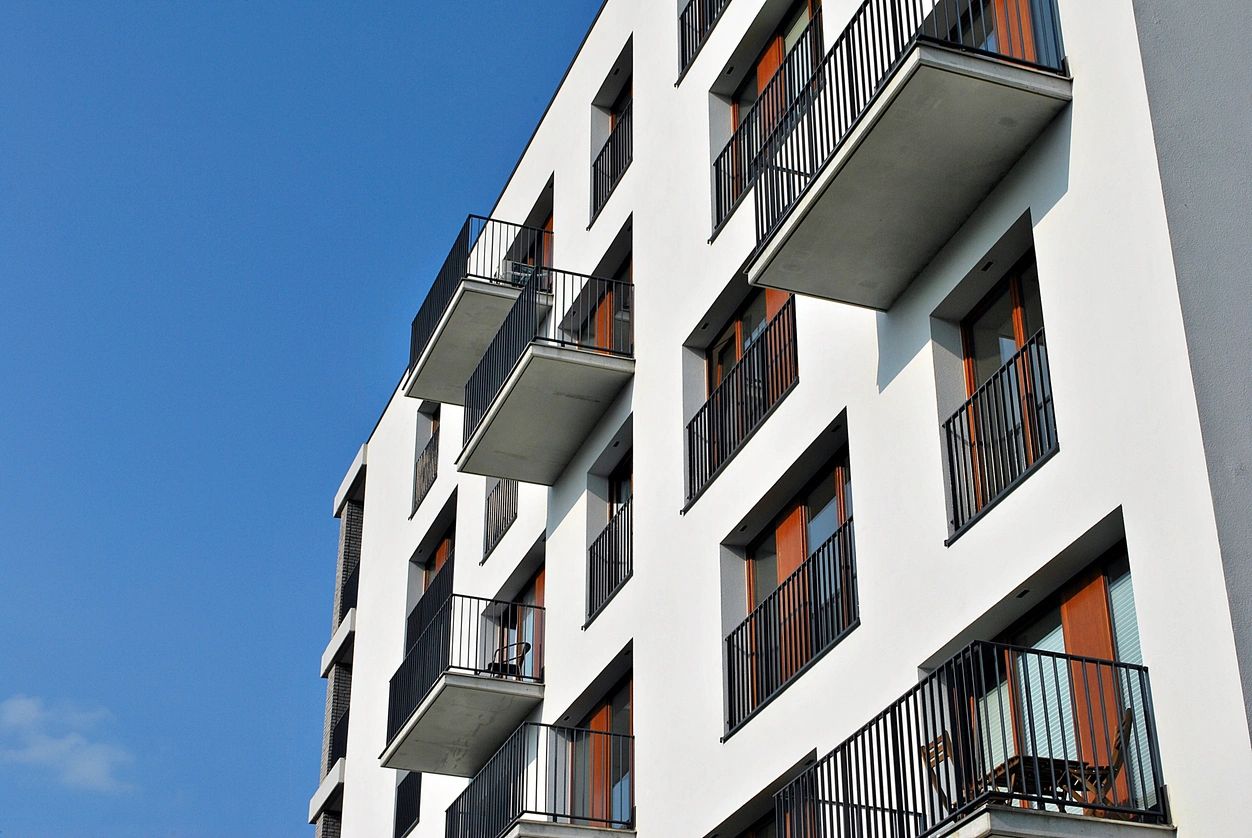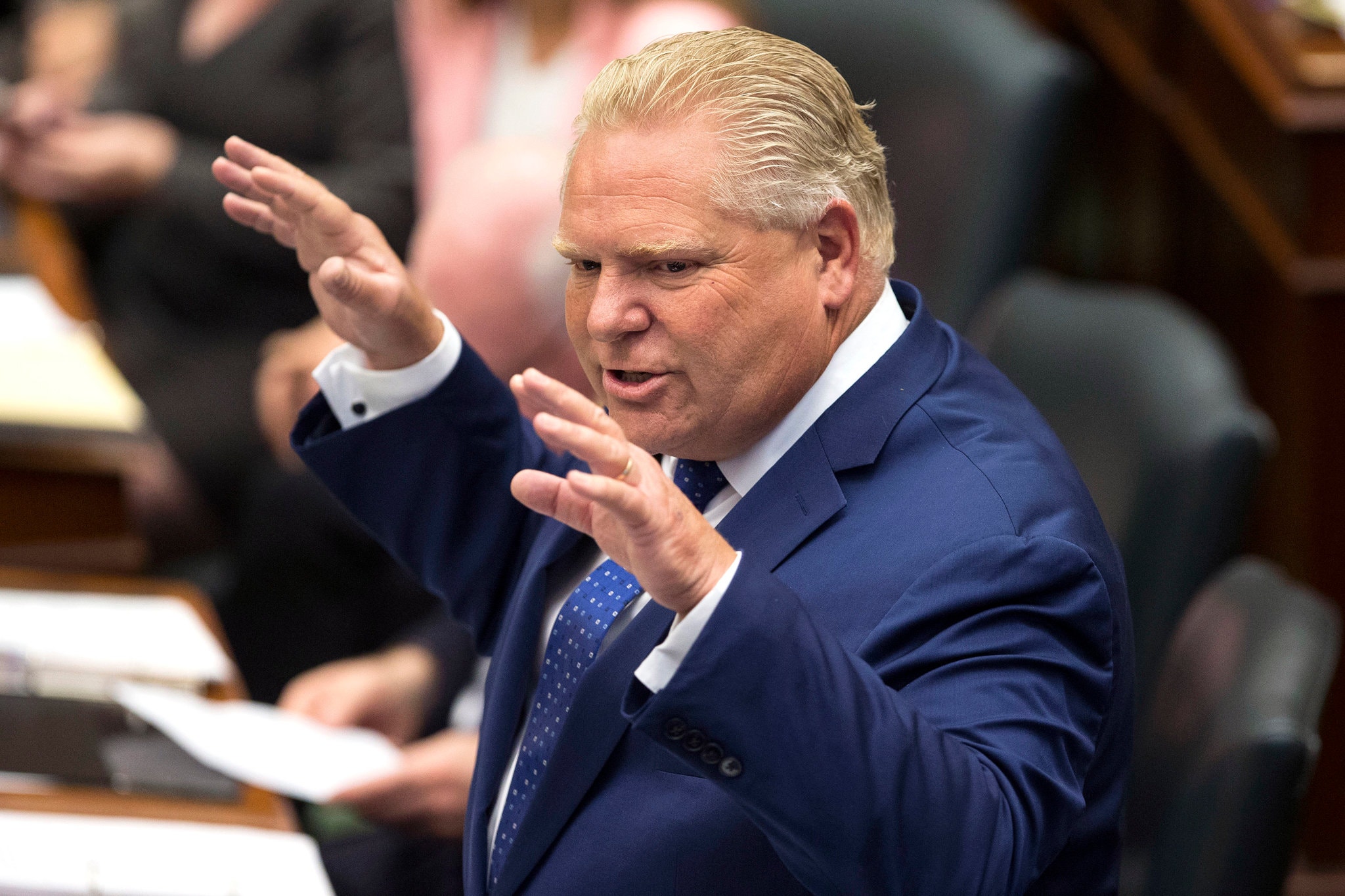Ontario is grappling with a housing crisis fueled by unprecedented population growth and a sharp decline in home construction. As rents in the Greater Toronto Area soar past $2,000 for a one-bedroom apartment, the situation continues to worsen.
The scale of Ontario’s population boom is staggering. Over the past three years, the province has gained 1.2 million new residents, equating to a decade’s worth of growth compressed into just 36 months. In the first half of this year alone, the population surged by nearly 200,000 people.
This level of growth could be sustainable if we were building enough homes, schools, and infrastructure. However, while Ontario’s population grew by nearly 200,000 in the last six months, only 37,245 new homes were started—a drop of over 6,000 from the same period in 2023. This contrasts starkly with the rest of Canada, where housing starts have increased by more than 14,000 year-over-year. Most of Ontario’s new housing units are small apartments, with two-thirds of starts being for one-bedroom or studio units. Yet, data on the exact number of completions is lacking, as the Canada Mortgage and Housing Corporation stopped collecting this information in 2022.
The numbers tell a grim story: Ontario is adding nearly 200,000 people but starting less than 38,000 homes, primarily one-bedroom or studio apartments. This imbalance has driven vacancy rates to historic lows, pushed rents sky-high, and forced people into overcrowded and substandard living conditions, such as 25 international students crammed into a single basement apartment in Brampton.
Addressing Ontario’s housing crisis requires tackling both slow homebuilding and rapid population growth. While some factors, like high global interest rates, are beyond the province’s control, other provinces like Alberta and Nova Scotia have managed to boost construction despite these challenges. Recent rate cuts by the Bank of Canada could also provide some relief. British Columbia, facing similar issues, has mitigated the decline in housing starts through aggressive zoning reforms.
While housing starts are up across the rest of Canada, Ontario’s numbers are down, indicating a need for more decisive action from the provincial government. Ontario has set a target of 125,000 new homes this year, but with just 37,245 starts in the first half of the year, the province is falling short at less than 30% of its goal. Despite releasing a Housing Affordability Task Force report in February 2022, which outlines 74 recommendations to address the crisis, only 28 have been implemented so far. Additionally, municipalities have been allowed to increase development charges, further inflating costs for new renters and homebuyers, and stalling some projects altogether.
On the population growth front, the federal government has pledged to reduce the number of non-permanent residents, including international students and temporary foreign workers, to below 5% of Canada’s population over the next three years—a decrease of nearly one million people. If successful, this could ease pressure on rents and improve the experiences of students coming to Canada. However, the Bank of Canada recently questioned the federal government’s commitment to these targets, warning that it may take longer than anticipated to reduce non-permanent resident inflows to the desired level. Without a credible plan, Ontario’s population could continue to outpace its housing supply.
Ontario’s housing crisis is not insurmountable. The solutions are known, and governments have already committed to many of them. What is needed now is action.


